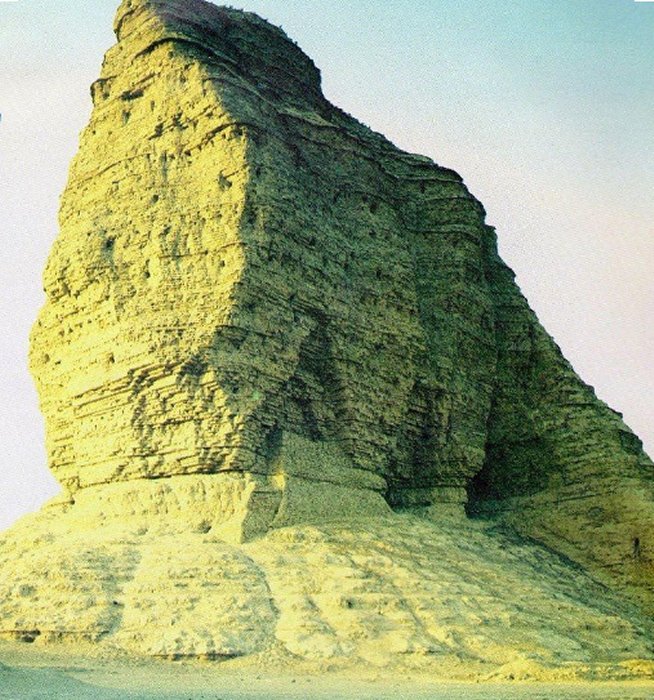Ancient Ziggurat Of Aqar Quf Dedicated To God Enlil
A. Sutherland - AncientPages.com - Aqar Quf, currently an archaeological site of the ancient city of Dur Kurigalzu (or the “Fortress of Kurigalzu”) is located in central Iraq, 30 km northwest of Baghdad, on the left bank of the Euphrates.
It was founded in the 14/15th century BC by the Kassite King Kurigalzu I, (c. 1400–c. 1375) and later the city was several times controlled by the Assyrians and Elamites and in the middle of the 11th-century, BC destroyed by the Syrians.
The ziggurat at Aqar Quf rises 180 feet above the desert west of Baghdad. Image credit: Spc. David Robbins - Working to Restore Iraq's Past for the Future - CC0
The ancient site, which was made up of several tells, was the capital of Babylonia during the reign of the Kassite dynasty (ca. 1600 BC – 1155 BC). After the fall of the Kassite Dynasty, the city was abandoned by the late 14th century AD.
Around the 1940s, an Iraqi and British team led by Taha Baqir and Seton Lloyd found approximately a hundred clay tablets and fragments of a statue decorated with texts in Sumerian. It is a representation of the Kassite King Kurigalzi, who reigned over all of Mesopotamia from his city of Kurigalzu.
Additionally, excavations revealed the ruins of Aqar Quf ziggurat, approximately 3,500 years old. The lowest terrace of the ziggurat ruins was restored and the structure’s foundations are 69 by 67.6 meters.
The ziggurat - dedicated to the god Enlil - is an unusually well-preserved building, with a mud-brick core that still stands to a height of about 170 feet on the flat plain in the vicinity of Baghdad. Other structures included three temples and a palace, where the walls of the corridors, were found decorated with numerous male figures (perhaps court dignitaries), and several sanctuaries.
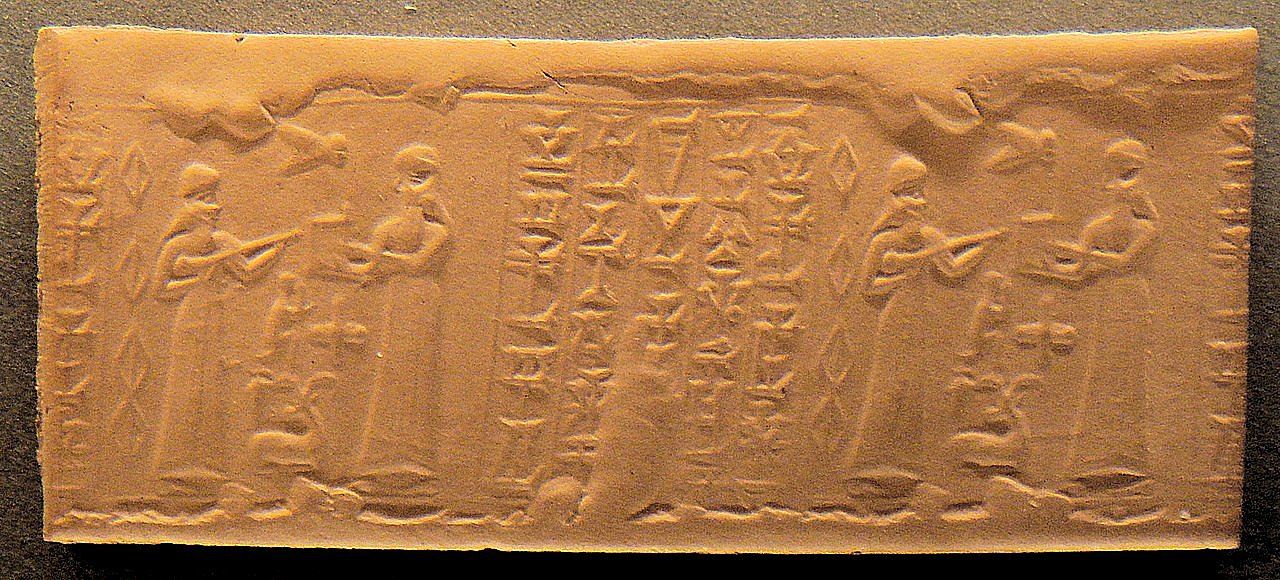 Cylinder seal of Kassite king Kurigalzu II (c. 1332–1308 BC). Louvre Museum AOD 105. source
Cylinder seal of Kassite king Kurigalzu II (c. 1332–1308 BC). Louvre Museum AOD 105. source
Interestingly, archaeologists also stumbled upon the remains of another place, which existed there at least a century earlier and was probably called Daksa or Parsa.
At its peak, the city with several ramparts, extended over an area of 225 ha.
The original homeland of the Kassites is not well-known, but appears to have been located in the Zagros Mountains, (now the Lorestan Province of Iran).
The ziggurat of Dur-Kurigalzu was built in the 14th BC by the Kassites’ king Kurigalzu. The central structure is composed of sun-dried bricks. Source
They were a warlike people that invaded Babylon during the 16th century BC and ruled the area for almost six centuries. It is claimed that their rule was the longest in the history of ancient Babylon.
The Kassites were powerful rulers and their royal cities were powerful as well. In addition to Babylon and Dur-Kurigalzu (Aqar Quf), the almost equal city of Nippur was the most important provincial center. Nippur once virtually abandoned c. 1730 BC, but later rebuilt in the Kassite period, as well as Larsa, Susa, and Sippar.
Among the achievements of the art associated with the rule of the Kassites, is the production of modeled bricks. From it, temples decorated with a frieze from burnt brick were erected. This technique was later taken over by the builders from the New-Babylonian period and by the Persians.
Their capital city, Dur-Kurigalzu, was destroyed around the 12th century by the Elamites and the city was burned.
Written by – A. Sutherland - AncientPages.com Senior Staff Writer
Copyright © AncientPages.com All rights reserved. This material may not be published, broadcast, rewritten or redistributed in whole or part without the express written permission of AncientPages.com
Expand for referencesMore From Ancient Pages
-
 Draugr – Vikings Feared This Ugly Living Dead With Prophetic Visions
Featured Stories | May 24, 2020
Draugr – Vikings Feared This Ugly Living Dead With Prophetic Visions
Featured Stories | May 24, 2020 -
 Ask And Embla: First Human Pair Created By Powerful God Odin And His Two Brothers
Featured Stories | Sep 24, 2016
Ask And Embla: First Human Pair Created By Powerful God Odin And His Two Brothers
Featured Stories | Sep 24, 2016 -
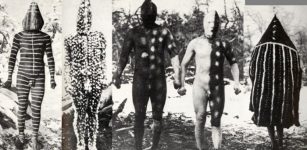 Mystery Of The Yaghan People: The First True Discoverers Of America?
Civilizations | Sep 19, 2016
Mystery Of The Yaghan People: The First True Discoverers Of America?
Civilizations | Sep 19, 2016 -
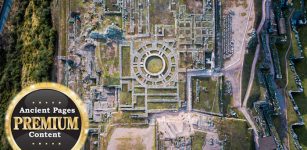 Unraveling The Mystery Of The Celestial Matrix
Featured Stories | Sep 30, 2021
Unraveling The Mystery Of The Celestial Matrix
Featured Stories | Sep 30, 2021 -
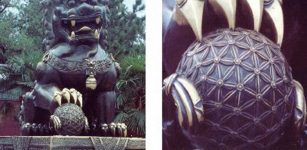 Ancient Symbol Seed Of Life Contains Hidden Secrets Of The Seven Days Of Creation
Ancient Symbols | Oct 8, 2017
Ancient Symbol Seed Of Life Contains Hidden Secrets Of The Seven Days Of Creation
Ancient Symbols | Oct 8, 2017 -
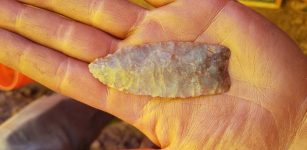 Evidence Americas’ Oldest Mine In Wyoming Was Used By Paleoindians 13,000 Years Ago Has Been Found!
Archaeology | May 19, 2022
Evidence Americas’ Oldest Mine In Wyoming Was Used By Paleoindians 13,000 Years Ago Has Been Found!
Archaeology | May 19, 2022 -
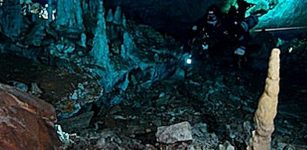 Paleoindian Ochre Mine Found In Submerged Caves In Mexico’s Yucatan Peninsula
Archaeology | Jul 6, 2020
Paleoindian Ochre Mine Found In Submerged Caves In Mexico’s Yucatan Peninsula
Archaeology | Jul 6, 2020 -
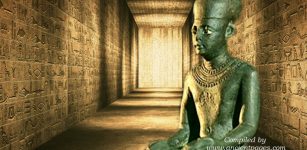 Where Is The Tomb Of Imhotep, Pharaoh Djoser’s Magician Hidden?
Featured Stories | Jun 8, 2021
Where Is The Tomb Of Imhotep, Pharaoh Djoser’s Magician Hidden?
Featured Stories | Jun 8, 2021 -
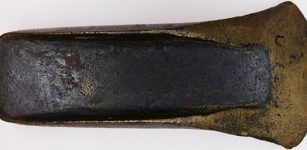 Truth Behind Mysterious Ancient Metal Depositions Revealed By Scientists
Archaeology | Dec 8, 2021
Truth Behind Mysterious Ancient Metal Depositions Revealed By Scientists
Archaeology | Dec 8, 2021 -
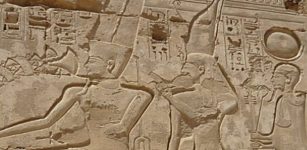 Khonsu: Enigmatic Egyptian Moon God, Healer, Protector And His Dark Side
Egyptian Mythology | Mar 12, 2019
Khonsu: Enigmatic Egyptian Moon God, Healer, Protector And His Dark Side
Egyptian Mythology | Mar 12, 2019 -
 Unexplained Phenomenon In Ancient Ireland – When Legends, Science And Real Events Collide
Featured Stories | Apr 19, 2018
Unexplained Phenomenon In Ancient Ireland – When Legends, Science And Real Events Collide
Featured Stories | Apr 19, 2018 -
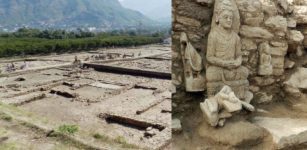 Bazira – Lost City Of Alexander The Great Discovered In Pakistan
Archaeology | May 7, 2019
Bazira – Lost City Of Alexander The Great Discovered In Pakistan
Archaeology | May 7, 2019 -
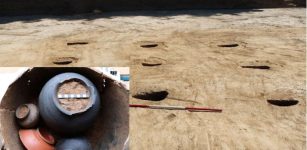 Ancient Roman Settlement Discovered In Deal, UK
Archaeology | Dec 16, 2022
Ancient Roman Settlement Discovered In Deal, UK
Archaeology | Dec 16, 2022 -
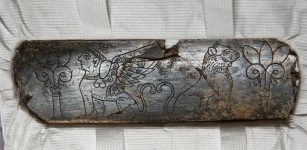 Unique 2,800-Year-Old Ivory Object Unearthed At Hattusa
Archaeology | Nov 14, 2023
Unique 2,800-Year-Old Ivory Object Unearthed At Hattusa
Archaeology | Nov 14, 2023 -
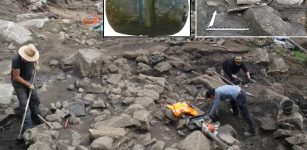 6,000-Year-Old Vast Settlement With Tools And Granite Structures Unearthed In Sotta, Corsica In France
Archaeology | May 16, 2023
6,000-Year-Old Vast Settlement With Tools And Granite Structures Unearthed In Sotta, Corsica In France
Archaeology | May 16, 2023 -
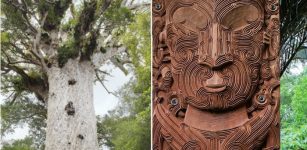 Tāne: Lord Of The Forest Who Brought Three Baskets Of Knowledge To People In Maori Mythology
Featured Stories | Dec 9, 2023
Tāne: Lord Of The Forest Who Brought Three Baskets Of Knowledge To People In Maori Mythology
Featured Stories | Dec 9, 2023 -
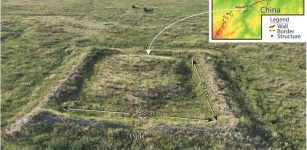 Mysterious Mongolian Arc Investigated By Scientists
Archaeology | Jan 2, 2024
Mysterious Mongolian Arc Investigated By Scientists
Archaeology | Jan 2, 2024 -
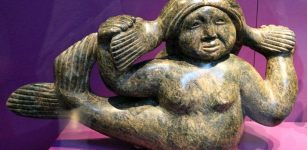 Sedna: Inuit Goddess Sacrificed By Selfish Father Fearing For His Own Life
Featured Stories | Jan 7, 2020
Sedna: Inuit Goddess Sacrificed By Selfish Father Fearing For His Own Life
Featured Stories | Jan 7, 2020 -
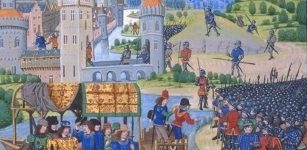 The Use Of Surnames Started During The Middle Ages In England
Ancient History Facts | Feb 23, 2016
The Use Of Surnames Started During The Middle Ages In England
Ancient History Facts | Feb 23, 2016 -
 Cyrus The Great Cylinder – Legacy Of The Ancients
Artifacts | Aug 25, 2015
Cyrus The Great Cylinder – Legacy Of The Ancients
Artifacts | Aug 25, 2015


